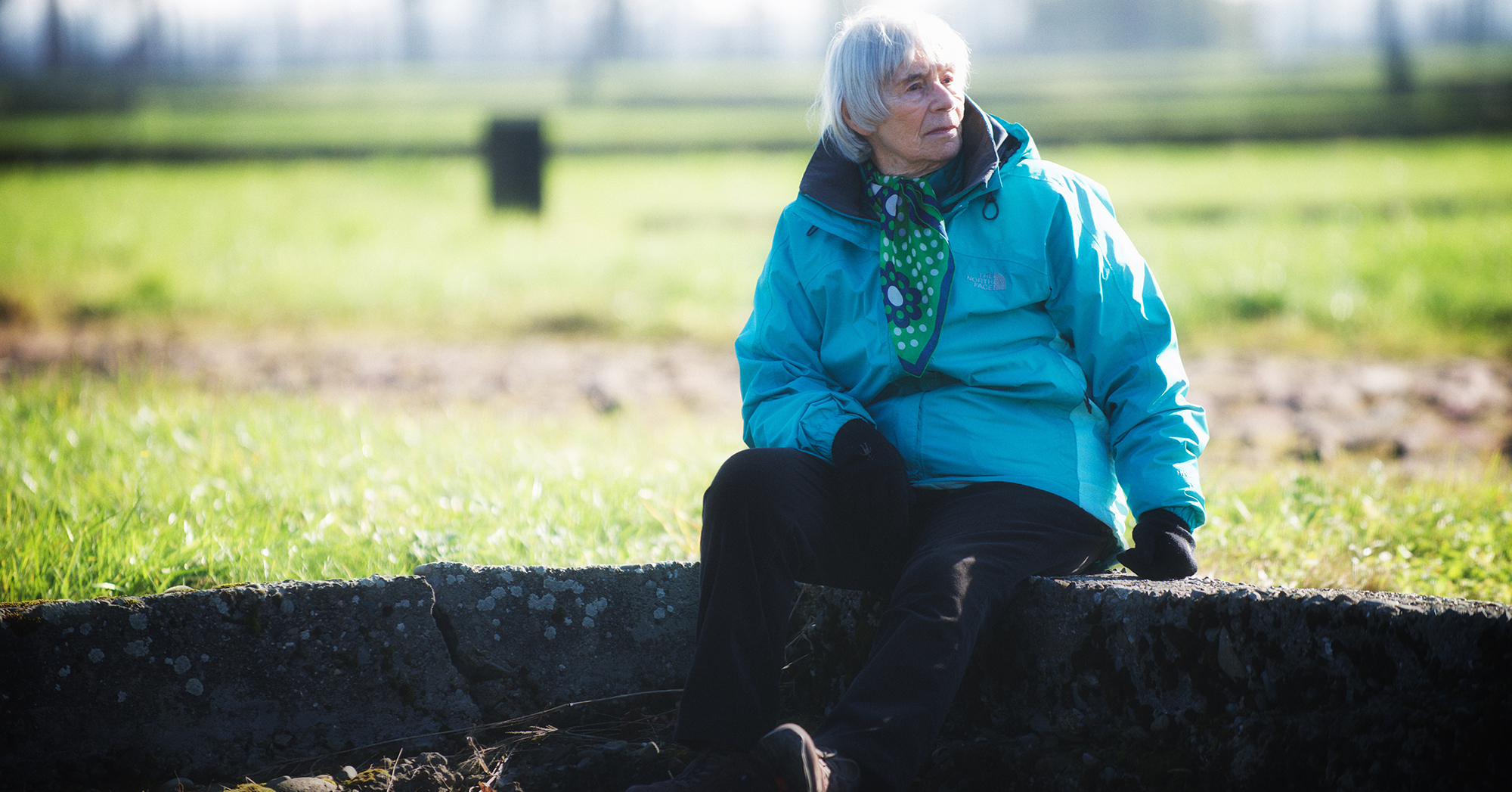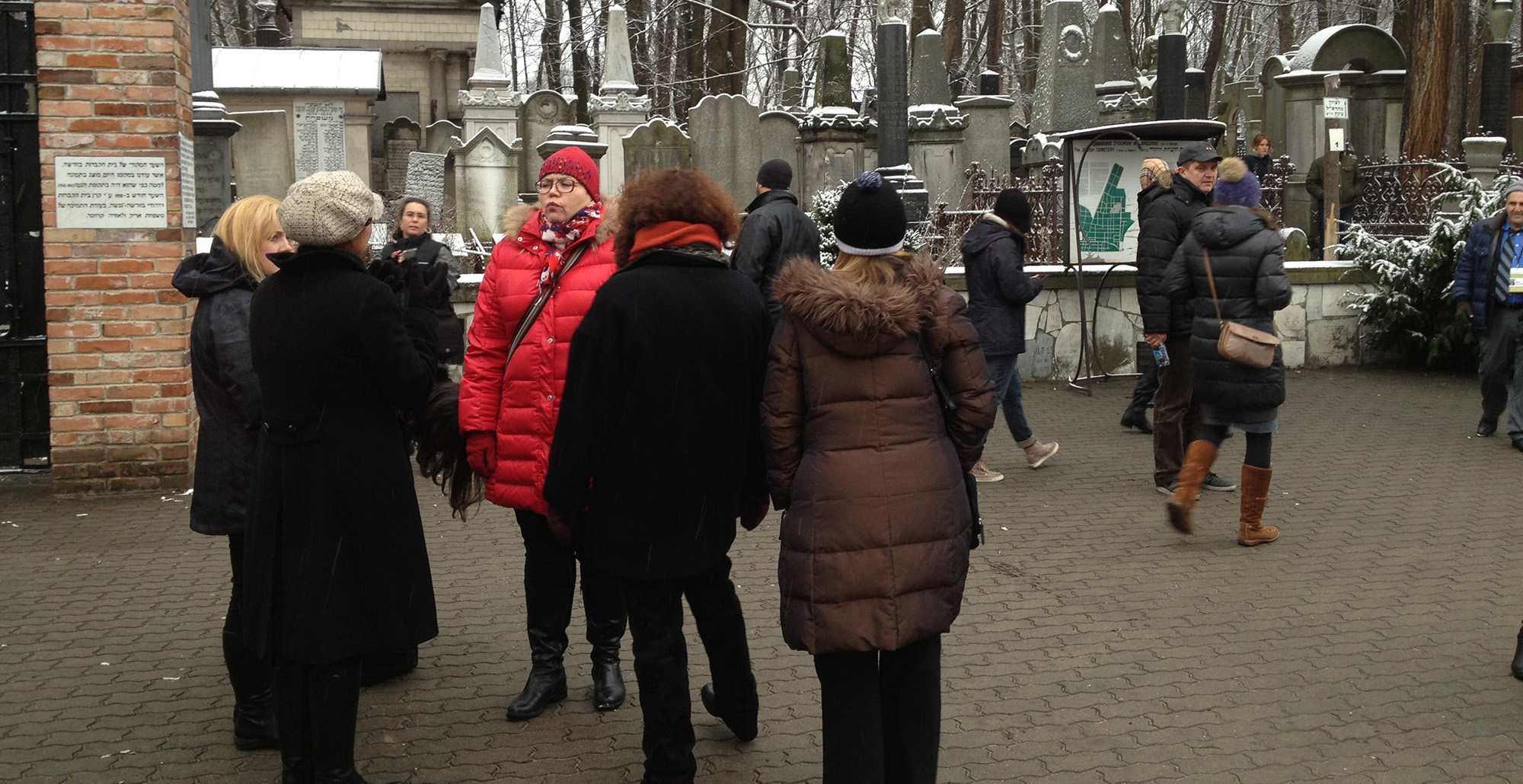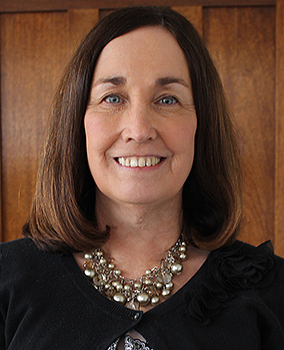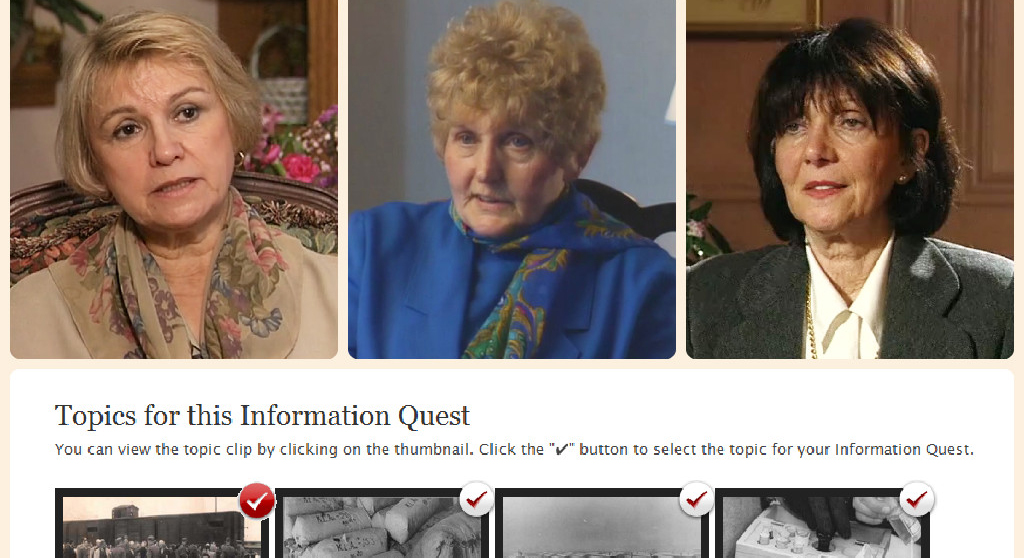Comcast 2015: "One Day in Auschwitz"




When I met Auschwitz survivor Eva Mozes Kor in January, she was dozing on a chair that doubles as her walker, wearing a contented smile while a flurry of activity buzzed around her.
Auschwitz, the final destination of Jewish people from across Europe destined to be murdered as a part of the Nazi genocide of the Jews.
Auschwitz, a place that housed prisoners of many religions, persuasions, minorities and nationalities, but whose evil reputation is seared onto our collective conscience because the five gas chambers at Birkenau were there for one reason only - to devour the lives of 960,000 Jews.
Auschwitz, which has evolved into a universal symbol of man's inhumanity to man – and indeed it does remind us just how cruel human beings can be.
I expected to feel an intimate and profound connection to Auschwitz after touring the Auschwitz-Birkenau State Museum for the first time late last month.
After three consecutive days visiting and working at the museum, I was indeed moved. But the insight I was hoping for came from beyond the well-worn paths of tourists, from a source that hits close to home here at USC Shoah Foundation.
Last month, I had the amazing opportunity to travel to Warsaw and Krakow with USC Shoah Foundation’s mission to Poland for the Auschwitz: Past is Present program, commemorating the 70th anniversary of the liberation of Auschwitz.
I had many unforgettable experiences throughout these four days traveling and meeting incredible people who are all interested in the work of USC Shoah Foundation and its mission of changing the world through testimony.

“My father is Jewish. My mother is Jewish. And I am Jewish.” Those were the words I kept repeating to myself as I boarded my flight from JFK to attend the 70th anniversary commemoration of the liberation of Auschwitz-Birkenau.
Auschwitz was one of five death camps established by the Nazis in Poland where Jews were taken to be murdered during the so-called “Final Solution,” a euphemism for the their genocide. We know it through the horrific photos of trains filled with Jews, of men being split from women, parents from children, of the uniformed Nazi wagging his finger, and of the brick chimneys billowing smoke. But there is a much more intimate story still to be heard.